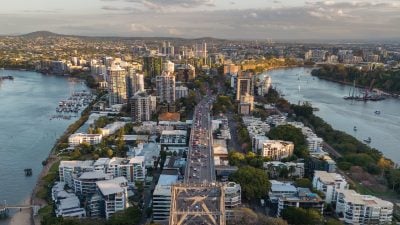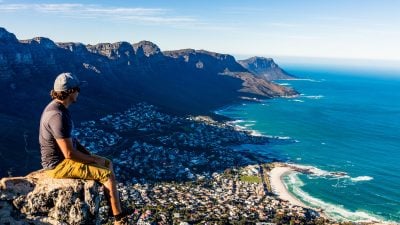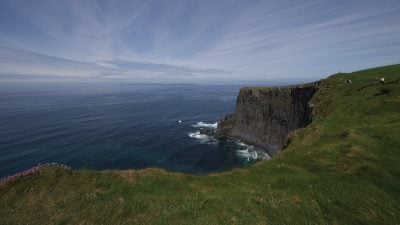Home / Latin America & Antarctica / Experience the Majesty of Mach…
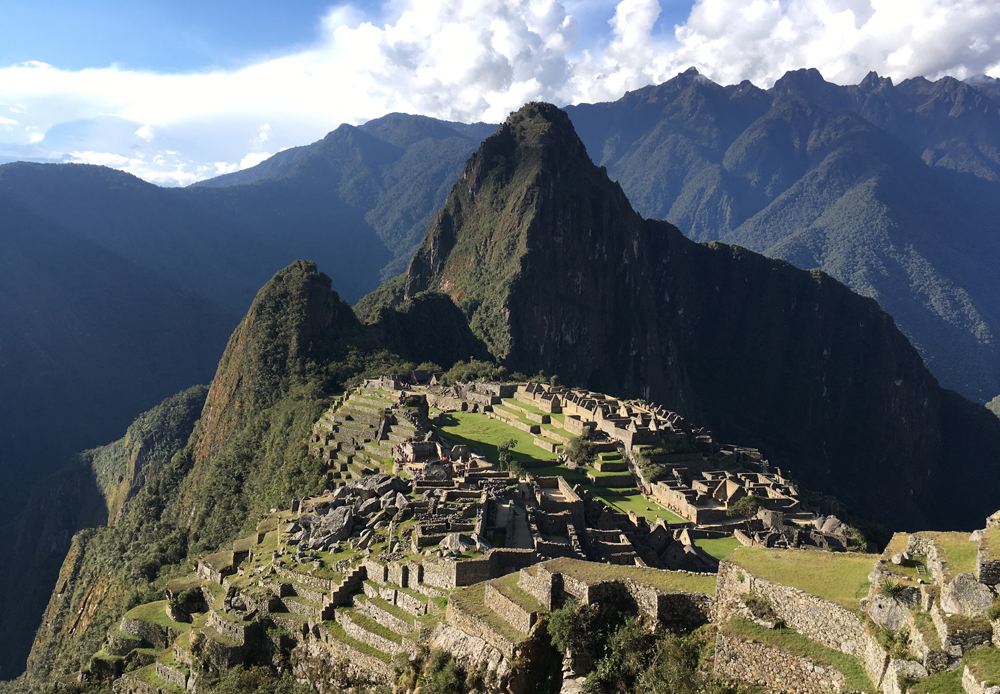
Experience the Majesty of Machu Picchu
It will change you. This isn’t an exaggeration or a catchy hook to a travel pitch. It’s true. Machu Picchu is one of those rare handful of travel landmarks that will shake you to your core and make you rethink the way you see the world. It’s not going to change your beliefs or reshape your politics or make you think about giving more to the poor – nothing so literal. But it will make you think differently about the past, about the Americas, and about our relationship to the people who’ve come before us. The spirit of the past haunts the stones of Machu Picchu and it’s impossible to not feel this spirit work its magic on you when you visit this mountain citadel.
Climbing the Mountain
For all its fame, there’s not a lot that’s conclusively known about Machu Picchu. That being said, the main details are familiar to most people. The Inca Empire constructed the citadel in the 15th century, likely as a residence for their emperor, Pachacutec Inca. It was abandoned a century later, during the invasion of the Spanish, and somehow settlers never discovered it during the colonial era. Eventually, in 1911, American archaeologist Hiram Bingham ventured through the Sacred Valley in search of Vilcabamba. Instead of finding Vilcabamba, he found Machu Picchu, and ever since, it’s been known as the Lost City of the Incas and the greatest archaeological site in the Americas. If you want more in-depth facts about Machu Picchu, take a look at this article from a few years ago. I’m not going to dwell on the stats so much, as I think it’s the almost-spiritual experience of visiting Machu Picchu that makes it such a showstopper.
Related Article:
Machu Picchu: Peru’s Amazing Citadel in the Clouds
I first laid eyes on it from the Sun Gate, Intipuku, at the end of hiking the last leg of the Inca Trail that leads throughout the Sacred Valley. I was exhausted and had a cold that I caught on the flight to Cusco and was weary that the grey clouds that had brought bits of rain throughout the hike would make it impossible to see Machu Picchu from the Sun Gate. But once I crested the rise and reached the stone ruins that sit on the peak, the clouds lifted and true to its name, the Sun Gate displayed Machu Picchu between the pillars, lit up by the breaking sun.
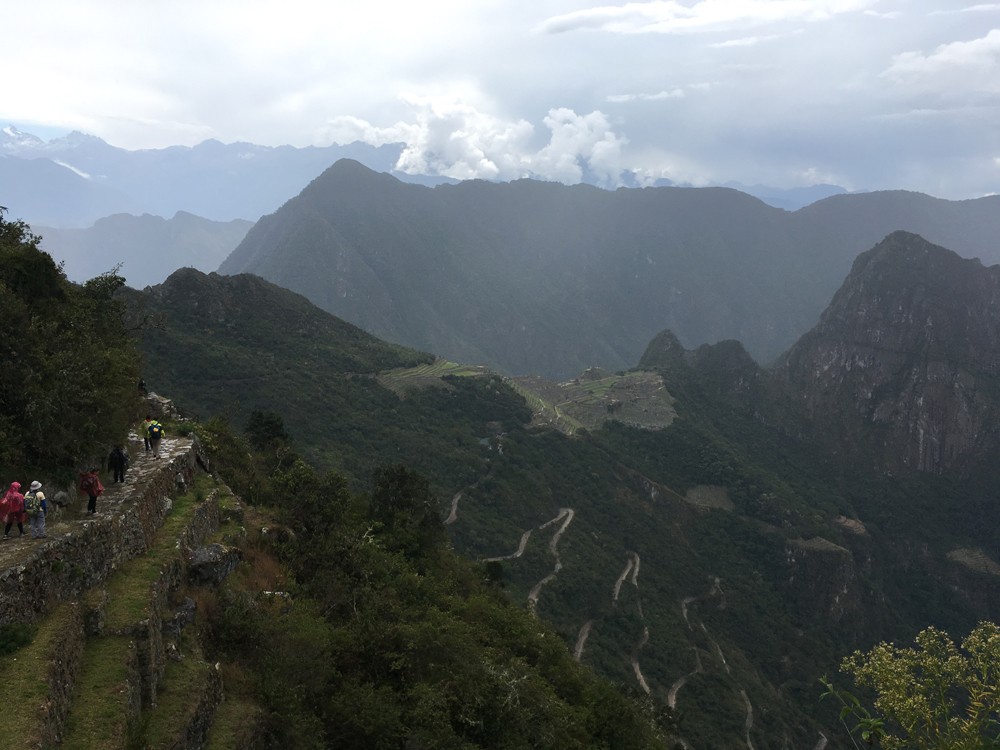
After spending half an hour admiring these ruins that I’d journeyed all the way to Peru to see, I wound along the trail hugging the cliff until I reached the terrace above Machu Picchu. The Sun Gate is one of two ways to access Machu Picchu. You can take the train from Ollantaytambo and get off at KM 104 at Chachabamba and hike the final leg of the Inca Trail to the Sun Gate like I did, or you can take the longer four to five day trail if you have the time and energy. Otherwise, you ride the train all the way to Aguas Calientes and take the bus up the winding mountain road, that’s often no wider than a single bus width. After thirteen turns in the road, you reach the top and then you can disembark and head through the entry line and explore the stones of Machu Picchu for the morning or the afternoon. Tickets are limited to morning entry or afternoon entry, and the park rangers who supervise the site will encourage you to speed up your visit so the site doesn’t get too overcrowded.
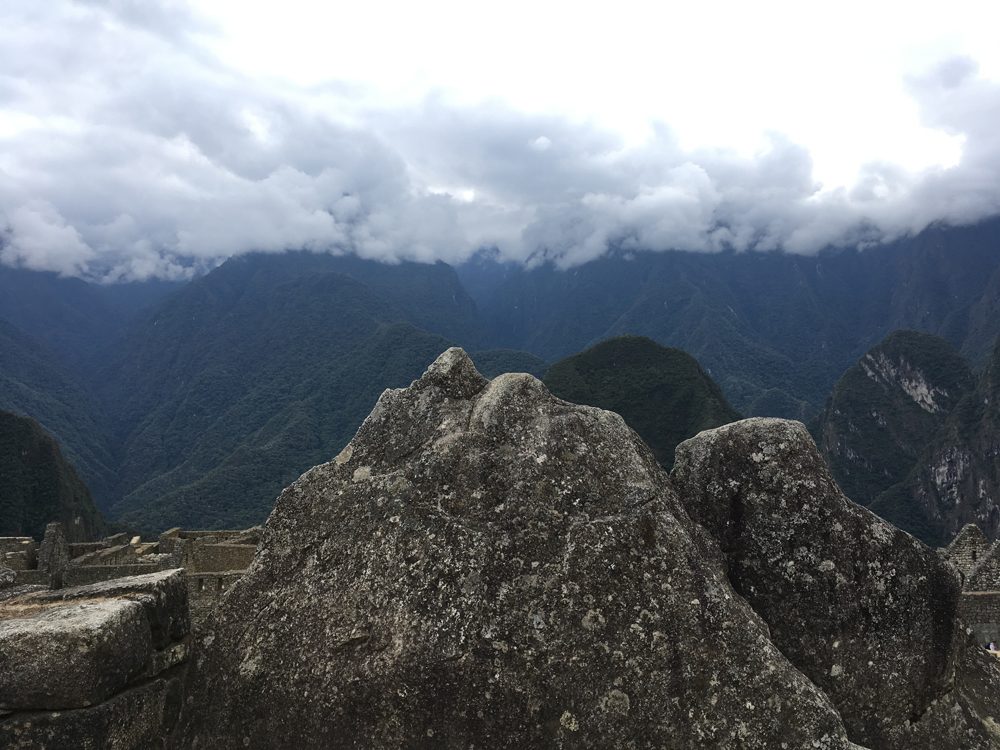
The Postcard View
The classic, postcard views of Machu Picchu are from the terrace next to the House of the Guardian to the Funerary Rock, a small thatched-roof, open-air building on a rise overlooking the bulk of Machu Picchu. If you stand on the ledge facing north, you’ll enjoy the best views of the site with the mountain of Huayna Picchu as a backdrop. Right after entering the site, most visitors head for this ledge to soak in the breathtaking views. Just be sure not to cross the ropes to get to the edge of the terrace like I saw some people doing when I visited. I get that these people wanted to get a picture of Machu Picchu without the lip of the terrace at the bottom of the frame or that they wanted to have a shot of themselves dangling off the edge of the terrace, but there are ropes put up for a reason and the rangers won’t give any leeway with regards to them. Follow the rules and stay behind the ropes. You’ll still get amazing shots of the citadel.
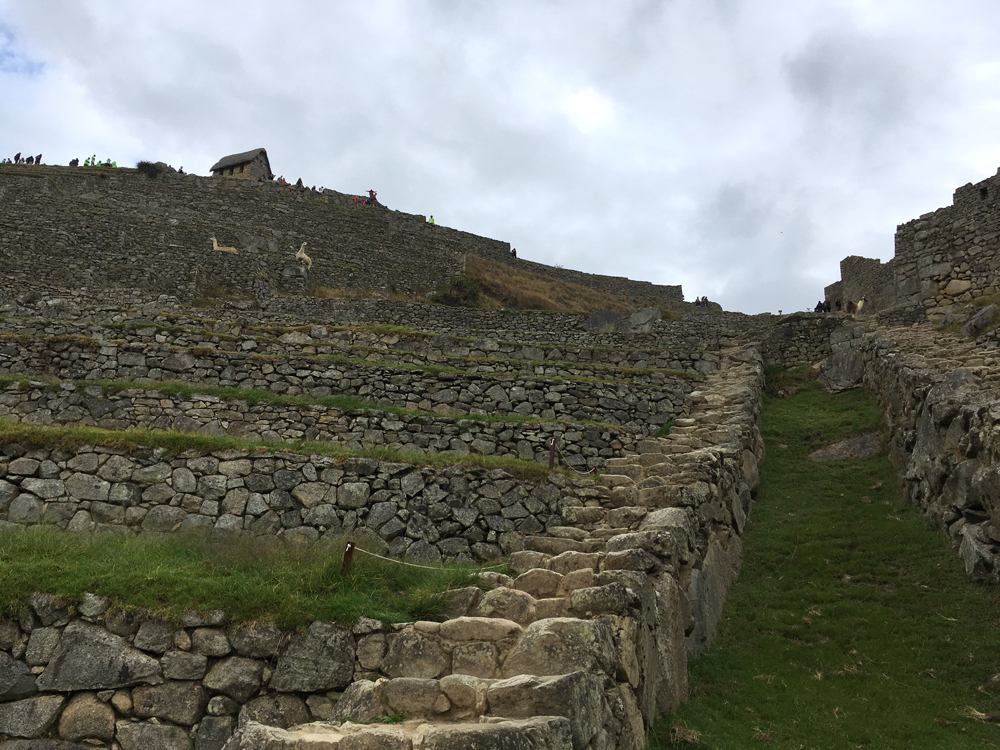
If you turn around on the ledge, you’ll spot the mountain of Machu Picchu, which is not the same as the hill that the citadel of Machu Picchu lies on (these naming conventions are a little convoluted, but what can you do?). In Quechua, Machu Picchu means “Old Mountain,” so the name actually refers to the mountain and the citadel takes its name from it. You can actually climb Machu Picchu, which has one of the most overlooked trails in the area. You’ll still get that nice backdrop of Huayna Picchu if you do climb it on Peru tours. I didn’t have time when I visited, but it looked like it’d have fabulous views from the top.
Before you head on a circuit through the actual stone ruins, take a moment to really look at the surrounding landscape. Machu Picchu is incredible because of its cascading terraces and the backdrop of Huayna Picchu, but it’s surrounded by a breathtaking range of cloud forests and mountains. If it’s a clear day, you’ll spot a snow-capped mountain in each of the four directions. You’ll also notice the steep mountain of Phutuq K’usi to the immediate right of you, with its fascinating rock facade that almost looks like a person’s face. There’s even a small Incan ruin atop Phutuq K’usi, but I haven’t met anyone who’s ever braved its intensely-steep trails to visit it.
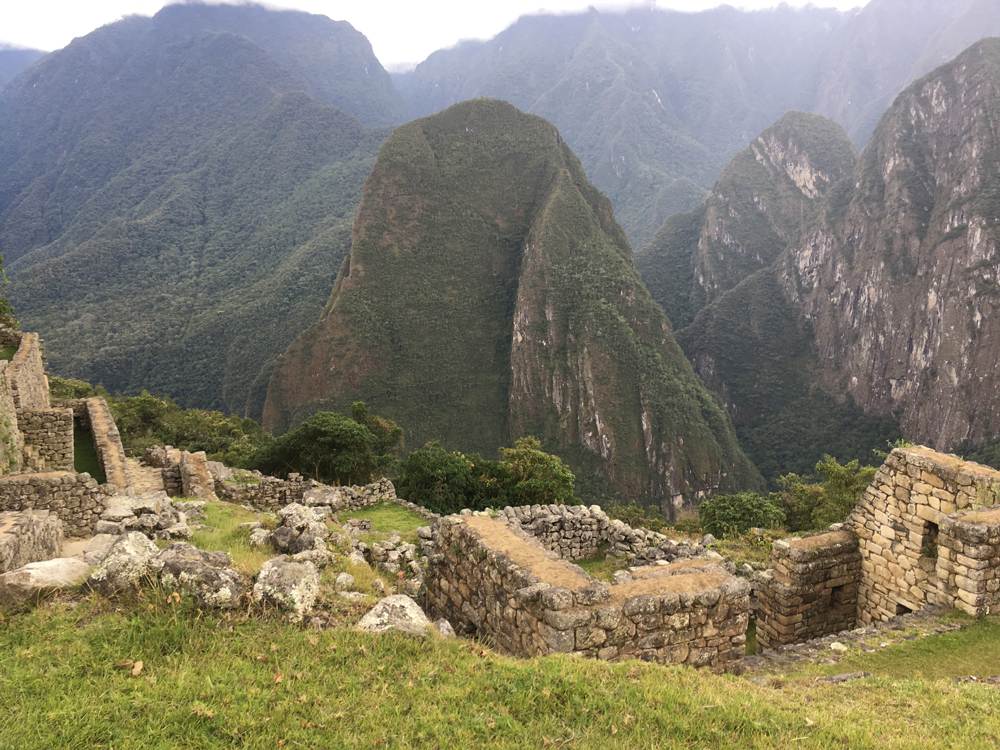
Give yourself plenty of time up on the ledge. You’ll want to drink in the view and truly appreciate how magnificent the sight is. Just don’t expect to be alone. Everyone wants their postcard view of Machu Picchu.
Circuit through the Ruins
For a lot of people, the actual exploration of the ruins probably runs a distant second to the experience of seeing Machu Picchu from the ledge or the Sun Gate. I get it. The views are spectacular and there are a lot of buildings atop the mountain, so it can be hard to imagine the function of many of the buildings 500 years ago since they’re just stones now. But don’t skimp on the tour. It’s fascinating to learn about life during the Inca Empire and muse about theories of the exact purpose of each stone on this mountain. And I guarantee that the stones will seemingly come to life as you venture amongst them.

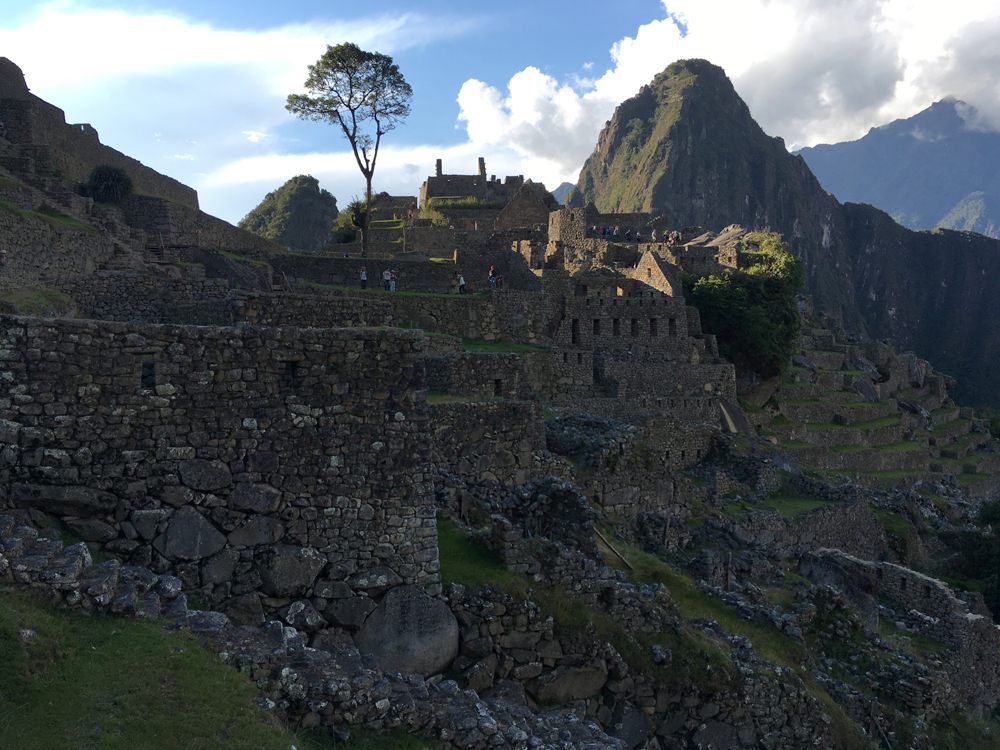
Although I arrived at Machu Picchu a bit before sunset after hiking the Inca Trail, I didn’t explore the ruins until the following morning just after dawn. You’ll want to get up very early – like 5am at the latest, early – to get in line for the bus in Aguas Calientes and arrive at Machu Picchu just as the sun hits the stone ruins. Luckily, at this time of the day, the mountaintop is not crowded from the influx of day trippers arriving from Cusco, since their train doesn’t arrive until around noon. So you’ll have a lot of freedom to pass along the tour circuit and see the temples and residences of this archaeological icon.
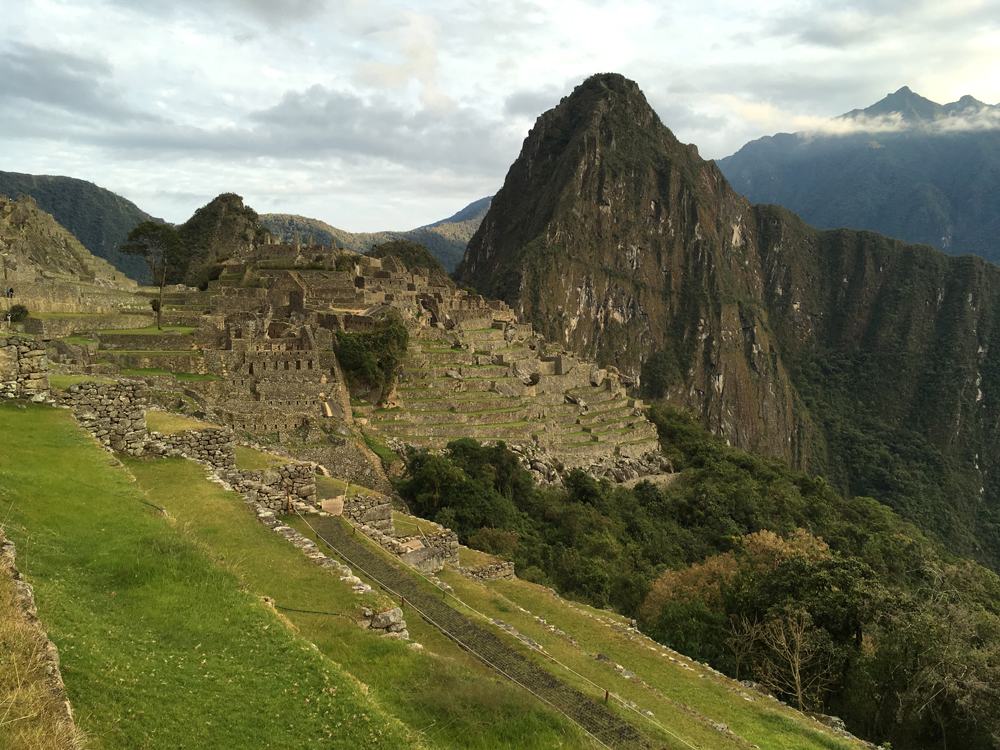
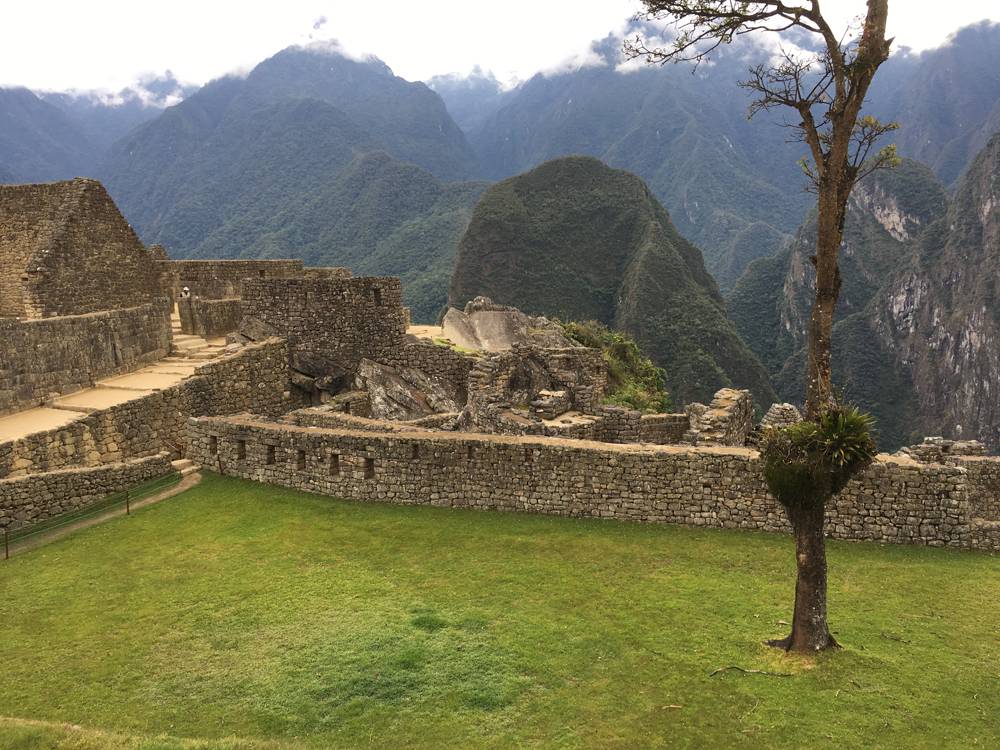
I spent around two hours heading through the ruins with my guide before reaching Huayna Picchu at the scheduled time to start my climb of that mountain. Since I had climbed the ledge next to the House of the Guardian of the Funerary the day before, I immediately started the circuit. First stop was the Temple of the Sun, the main temple and the only building in Machu Picchu that has a round wall. We also stopped by the Inca House, which would’ve been the home of the citadel’s commander, the central plaza, with its solitary tree, and the quarry, where the majority of the stones used to construct the citadel came from. One of the most fascinating things to notice while visiting the sites were the many different walls types the Incas used depending on the building. For instance, some walls were constructed out of massive stones that sat perfectly flush with each other, with not even room for a blade of grass or a piece of paper to get between. Others were made with mortar and have a jagged, loose-fitting pattern.

The Past Comes Alive
After spending a few hours climbing Huayna Picchu, we descended and spent a couple more hours exploring the ruins. Now that more people had arrived on the mountaintop, we didn’t have the freedom to wander at our own pace, but we did see fascinating spots like the Temple of the Three Windows and the Temple of the Condor. We saw some of the sacred Intihuatana stones, which were carved to represent the Andean Cross and cast no shadow twice a year.
We also learned some facts I had never heard discussed in typical overviews of the citadel, such as the fact that the stones of the buildings were often covered with clay plaster and painted with bright colours. (This is similar to how we’re almost never told that the ancient buildings and statues of Rome and Greece were never white or marble but instead painted up in elaborate designs and colours.) Machu Picchu is marvellous even though it’s 500 years old and only partially restored, but imagine what a spectacle it would’ve been back in the day when it would’ve been a citadel of colour atop the mountain!
We also saw some of the local inhabitants, the llamas, which live among the ruins and keep the lawns nicely trimmed by eating the grass. (What lucky animals, living among one of the world’s greatest historical landmarks.)
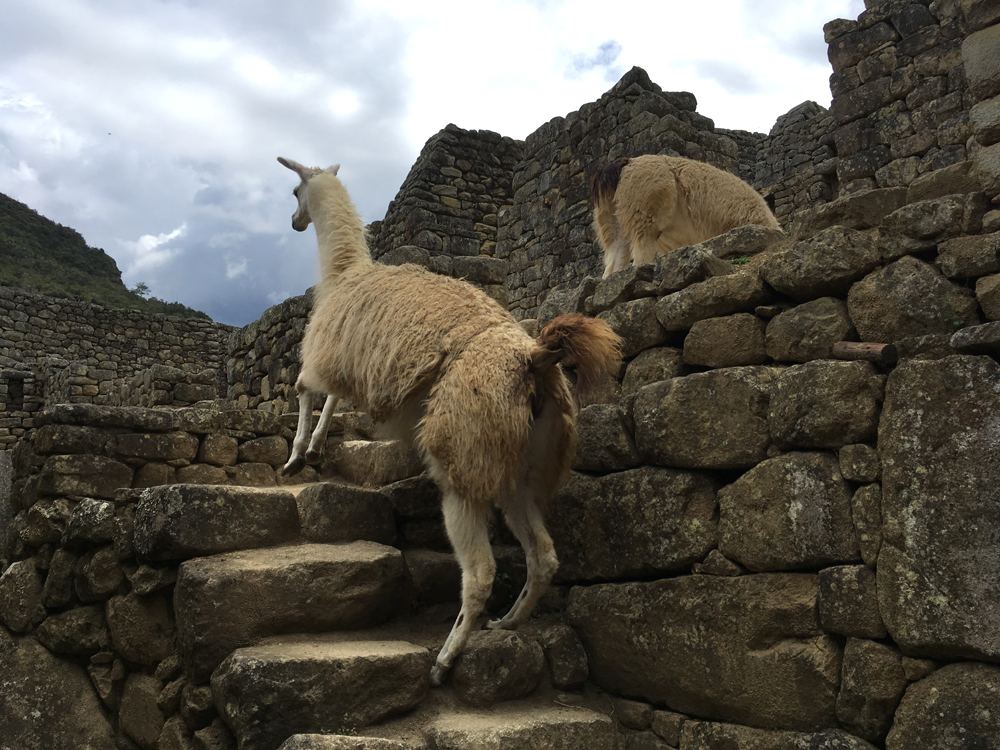
At the end of the circuit, we took in one last view of the ruins. I was still overwhelmed by how majestic the surroundings were; no wonder the Incas built the citadel on this exact mountaintop, as it’s surrounded by visual splendour on all sides. We then rushed for the buses as a downpour started to drench the long lines of people waiting to descend the winding road back to Aguas Calientes. On the way back, I was exhausted, but I already knew I had done something special that I’d remember for the rest of my life.
Although I only spent a day there, Machu Picchu has carved out a special place in my mind. It has a magical atmosphere to it that reframes the way you think of the past and the people who lived there. It’s a fantastical spot, pitched on the top of a mountain, but it’s also very much real; it’s a tangible place where you can touch the rocks, smell the humid air, and walk in the footsteps of emperors. You will not forget it. It’s not just the spectacular view or the history, but the combination of all these things to create an overwhelming atmosphere of the past interacting with the present.
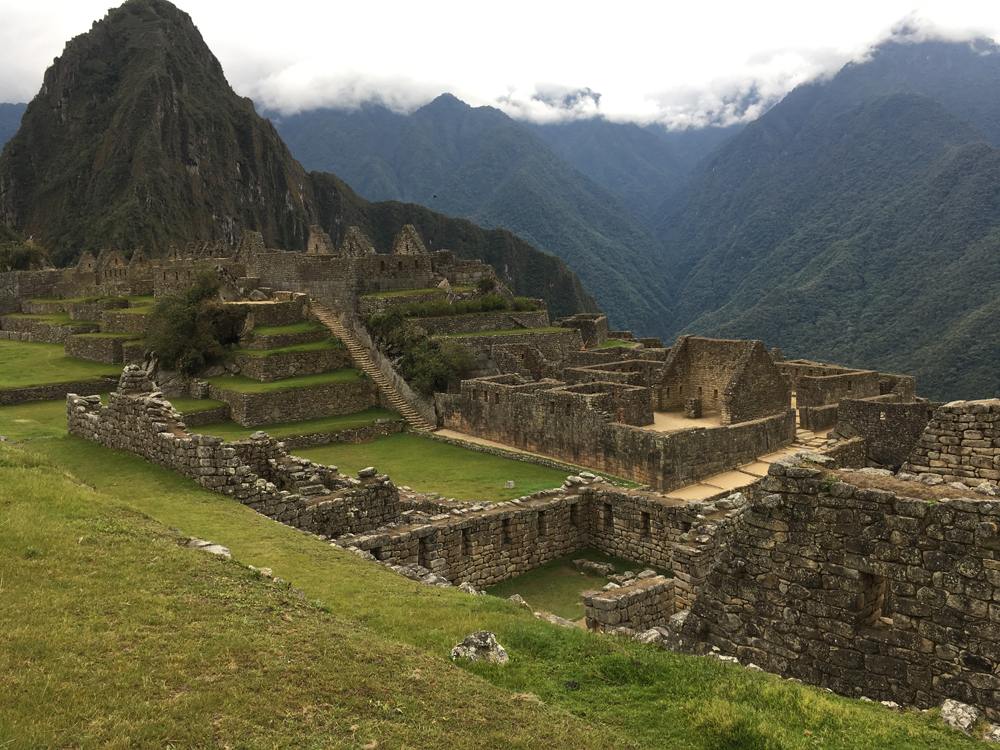
Machu Picchu is not just a collection of ruins to see. It’s a time machine that transports you to the past. There’s nothing like it.
Get more travel inspiration by email.
Subscribe
0 Comments

Get the latest travel trends & hear about the best deals on vacations around the world.
If you’re a Globetrotter, these are the newsletters for you!

